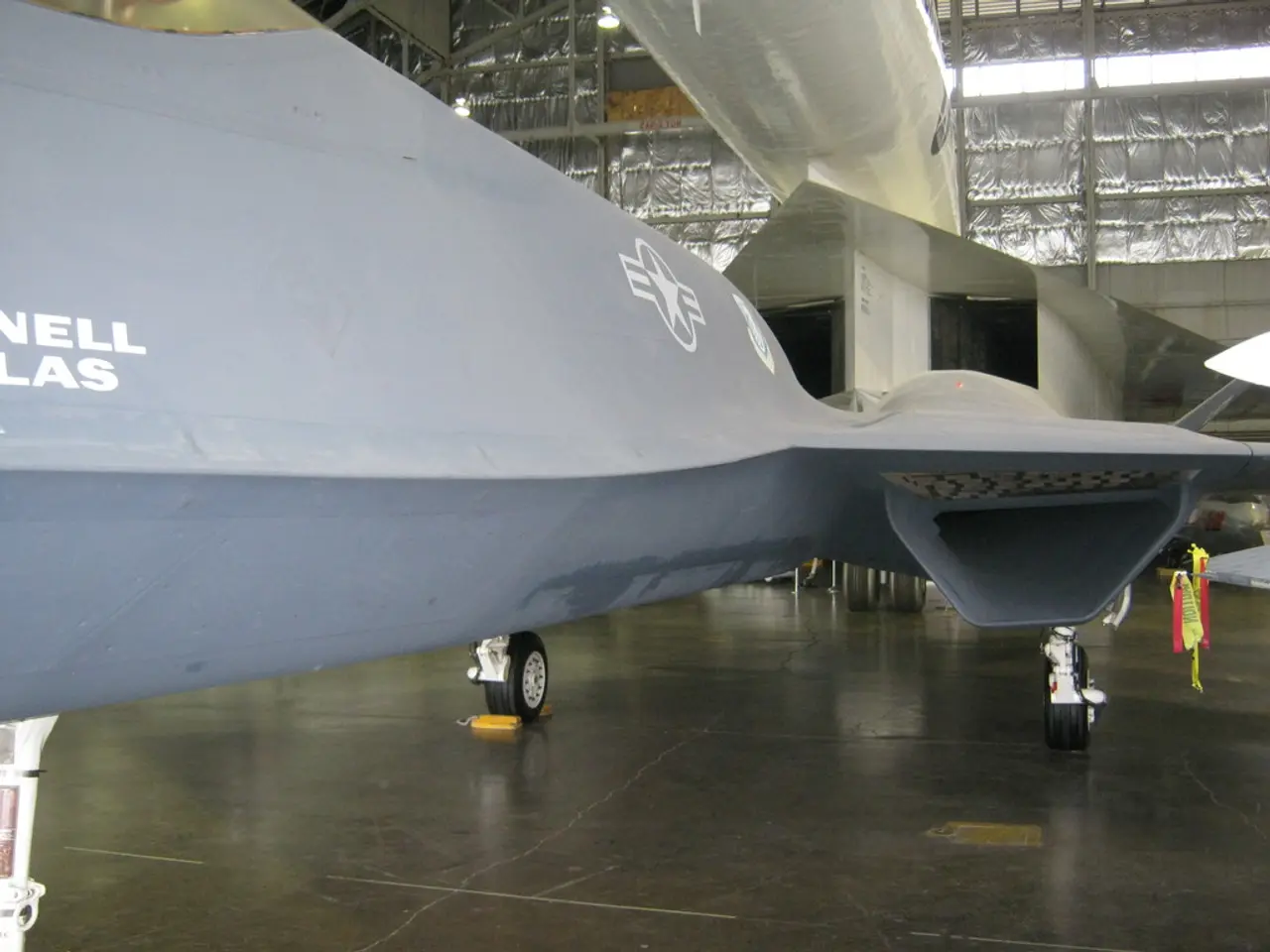Domestic aeronautical organization details proposals for an innovative air travel vehicle developed locally
Korea Aerospace Industries (KAI) has been making significant strides in the global aerospace sector, with a particular focus on helicopter exports and related technologies. The company's success in this area has been noteworthy, with exports to countries in Asia, the Middle East, and Latin America boosting its reputation as a competitive player in the global market.
Helicopter Exports
KAI's efforts to improve its helicopter technologies have been instrumental in its success. By enhancing design, performance, and reliability, the company has been able to compete effectively against global players. The $93.7M deal to export helicopters to Iraq is a testament to KAI's growing reputation and its commitment to expanding its footprint in the global helicopter market.
Robotics
While KAI is primarily an aerospace company, South Korea's broader technology ecosystem is making significant strides in robotics technologies. Companies like Hanwha Aerospace and robotics startups, such as Rainbow Robotics, are leading the way in AI-driven industrial robotics and humanoid robots with advanced control systems. These advancements indirectly benefit KAI, particularly in automation and smart manufacturing processes that align with aerospace production.
Vertical Port Technology
While specific details about KAI's direct involvement in vertical port technology are limited, the aerospace tech ecosystem in Korea—including Hanwha's contributions—suggests progress towards innovations that may integrate or support such capabilities. The South Korean government's focus on AI, robotics, and aerospace as core industrial innovation areas, along with investments in AI-powered factories and smart manufacturing, further supports this expectation.
In conclusion, Korea Aerospace Industries is at the forefront of Korea's helicopter export advances, leveraging national robotics innovations primarily through industrial automation. Although direct evidence on vertical port technology is limited, the aerospace tech ecosystem in Korea—including Hanwha's contributions—suggests progress towards innovations that may integrate or support such capabilities. This aligns with South Korea's broader ambitions in satellite communications, lunar exploration, and advanced aerospace platform development.
- The government's focus on AI, robotics, and aerospace, along with investments in AI-powered factories and smart manufacturing, could potentially extend KAI's success to the environment sector, as these technologies can contribute to more eco-friendly manufacturing processes.
- In the space-and-astronomy industry, Korea's increasing investments and advancements may pave the way for future collaborations between KAI and science institutions, aiming to integrate advanced technologies in spacecraft production.
- As the industry evolves, the government's efforts to foster a competitive business environment could encourage partnerships between KAI and other technology leaders in various sectors, such as robotics, to drive innovation and growth across multiple industries.




